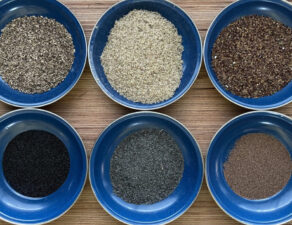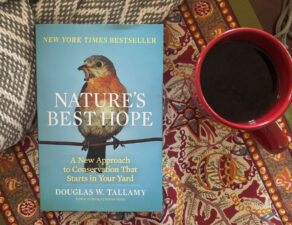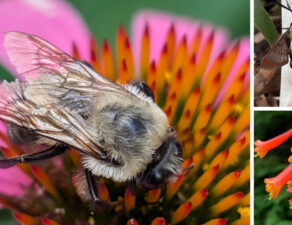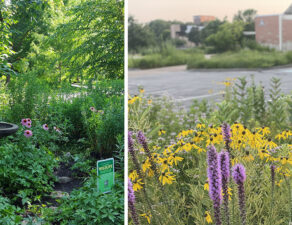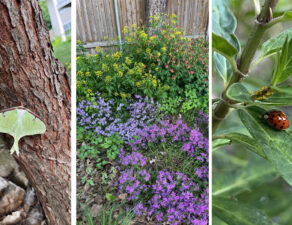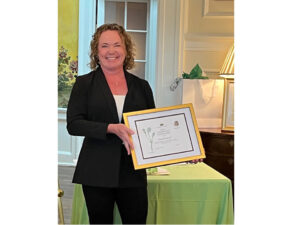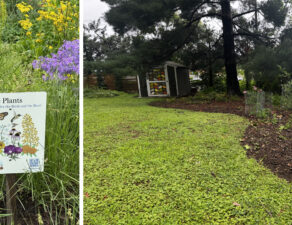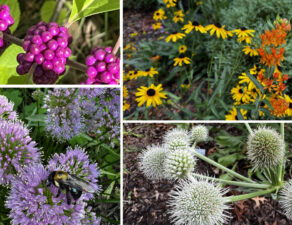
By Stacia B. Stelk
Visiting my mom in central Nebraska last week, we poked around her yard to find a spot for a new pollinator garden. Growing up in the plains, my mom remembers when milkweed was everywhere and so were pollinators. Near her existing garden, I spotted a stump and asked about it. “Oh, it’s that darn Bradford pear tree. I hired someone to cut it down years ago, but it keeps sprouting.”
It’s a zombie plant, and it just won’t die!
Bradford pear trees, and their dozens of cousins of Callery pear trees, are among several exotic invasive species that are creeping into our natural areas. The Smithsonian defines invasive plants as those that are non-native to the natural U.S. ecosystem and pose a threat to native plants and animals. Invasive plants can take over large areas and make it difficult for native species to compete.
As my mom learned, removing a Bradford pear tree is not as simple as cutting it down. The Missouri Department of Conservation (MDC) recommends that we treat stumps immediately with an herbicide to prevent resprouting. MDC recommends tree removal during the late winter/spring and through the summer for optimal herbicide uptake which is perfectly timed for our Callery Pear Recall Event! Cut down a Callery pear tree (don’t forget to treat it), take a photo, and you are eligible for a free, native tree replacement. Those events will take place in April & May. So, stay tuned for details! In the meantime, plan to attend our upcoming Lunch & Learn webinar covering the dreaded Callery pear.
So what can my mom do about her “zombie” Callery pear tree? Ryan Armbrust of the Kansas Forest Service says, “In most cases, you can still cut the sprouts and treat the cut surfaces, but you may have a bigger job (more sprouts to chase, for a longer time) than if the stump was treated right away.” I guess I know what I’ll be doing next time I visit central Nebraska!
Callery pear trees aren’t the only invasive species we’re fighting. Peruse your outdoor spaces for shrub honeysuckle and winter creeper. The Missouri Invasive Plant Council has an extensive list of plants and resources here.
